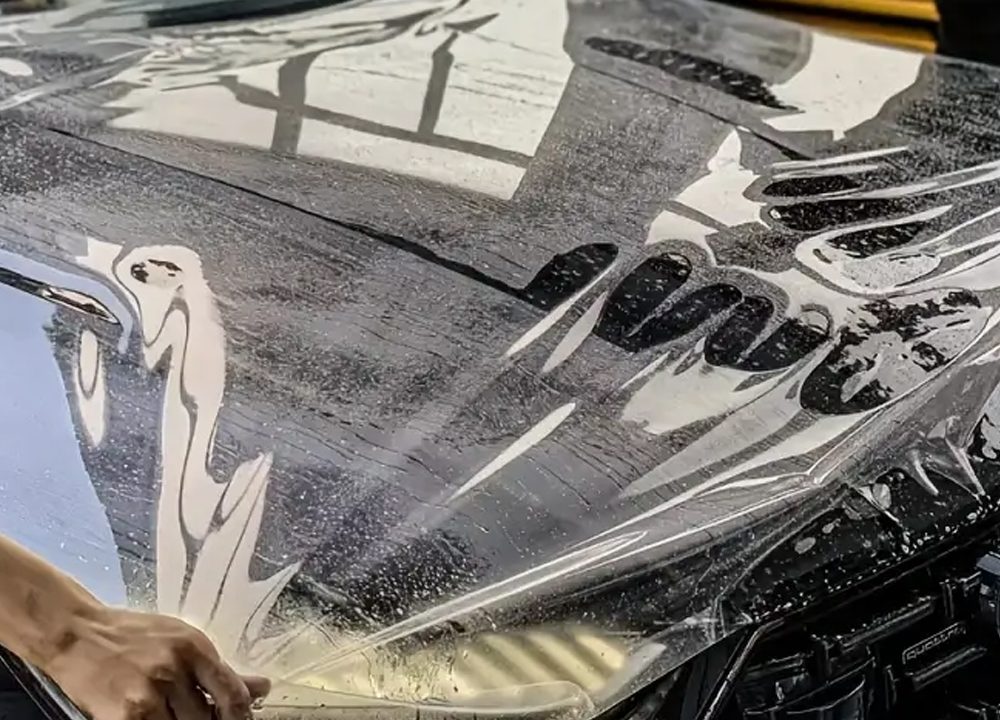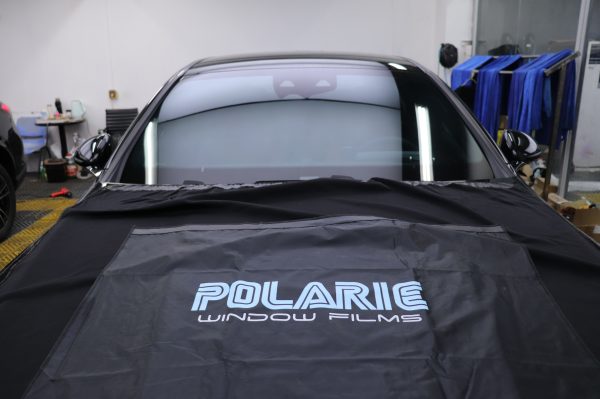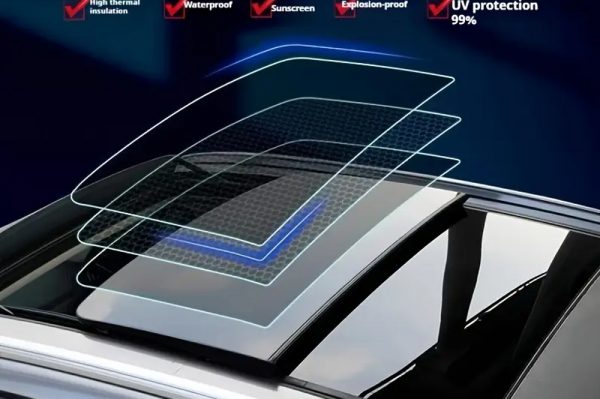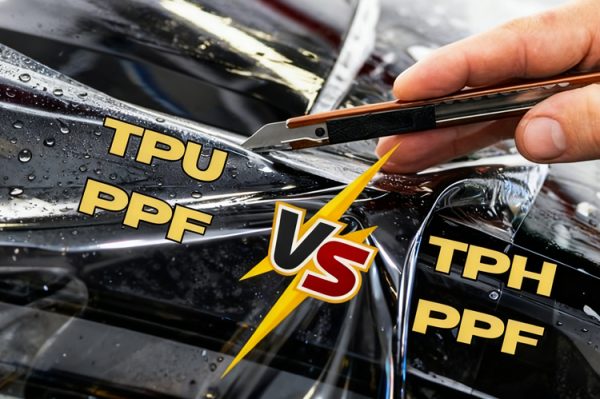
What is PPF and Why You Might Want It
If you’re the type of car owner who freaks out over every little rock chip or scratch, you’ve probably heard of PPF – Paint Protection Film. It’s basically an invisible shield for your car’s paint. Unlike wax or ceramic coating, PPF is thick enough to absorb minor impacts, prevent chips, and even self-heal light scratches when exposed to heat (like the sun or warm water). Think of it as a screen protector for your car.
Common Pain Points Car Owners Face
Here’s the stuff that drives car enthusiasts nuts:
- Rock Chips & Scratches: Even short highway drives can send small stones flying at your bumper.
- Bird Droppings & Acid Rain: Nature doesn’t care about your paint. These can eat through your clear coat fast.
- Fading Paint: Sunlight and UV rays slowly kill that showroom shine.
- Cost of Repainting: Getting a proper respray isn’t cheap, and it never looks exactly like factory paint.
- Maintenance Worries: Some folks worry that once you wrap your car, cleaning will become a headache.
Pros and Cons of PPF
Pros:
- Self-Healing: Minor scratches fade when exposed to heat.
- Chemical & UV Resistance: Protects against acid rain, bird poop, bug splatter, and tree sap.
- Keeps Paint Glossy: Maintains that fresh, “just off the lot” look.
- Easier Cleaning: Dirt doesn’t stick as much; washing is quicker.
Cons:
- Not 100% Protection: Heavy impacts or deep scratches can still get through.
- Orange Peel Effect: Some lower-quality films create a subtle texture, slightly distorting the finish.
- Price: Professional installation costs more than wax or ceramic coating.
How to Choose the Right PPF
- Thickness: 7–8 mil is usually good for daily driving protection.
- Material: TPU films are more durable and resist yellowing better than TPH.
- Brand Reputation: Stick with brands that have proven anti-yellowing performance.
- Warranty: Look for at least 5–10 years of coverage.
- Installer Experience: A great film installed poorly is a waste of money.
Installation Process – What Really Happens
Step 1: Vehicle Cleaning & Prep
- Wash Thoroughly: Remove all dirt, dust, and debris.
- Decontamination: Use clay bar or iron remover to get rid of bonded contaminants.
- Dry & Inspect: Ensure the paint surface is spotless. Any dirt left behind can create bubbles under the film.
Step 2: Film Preparation
- Pre-Cut or Template: Either use a pre-cut kit for your car model or measure and cut manually.
- Slip Solution: Apply a mixture of water and mild soap to help slide the film during placement.
Step 3: Film Application
- Positioning: Carefully lay the film on the desired panel, aligning edges precisely.
- Squeegee Work: Use a soft squeegee to push out air and water from under the film. Start from the center and move outward.
- Edge Tucking & Stretching: Heat edges with a heat gun to make them pliable and wrap around curves for a seamless fit.
Step 4: Inspection & Adjustment
- Bubble Check: Look for trapped air pockets or imperfections and remove them with a squeegee or pin tool.
- Final Alignment: Ensure all edges are properly aligned and tucked.
- Drying/Setting: Allow the film to settle, usually with a brief heat treatment to ensure adhesion.
Step 5: Aftercare & Handover
- Initial Care: Avoid washing the car for at least 48–72 hours.
- Gentle Cleaning: Use pH-neutral shampoo and soft microfiber towels.
- Periodic Inspection: Check edges and corners every few months to make sure nothing is lifting.
- Optional Sealant: Apply PPF-safe sealant for extra gloss and protection.
Tips for Best Results:
- Always perform installation in a dust-free environment.
- Only experienced installers should handle complex areas like bumpers, hoods, and mirrors.
- Avoid sharp tools near the film to prevent cuts.
Aftercare Instructions:
- Avoid washing for about a week.
- Use pH-neutral car shampoos.
- Be careful with pressure washers near edges.
- Use a PPF-safe sealant for extra shine.
Day-to-Day Maintenance
Living with PPF is actually easier than bare paint. Most owners notice their cars stay cleaner longer, and bugs/dirt wipe off more easily. Just avoid harsh chemicals or abrasive towels, and you’re good.
Not a 100% Guarantee
While PPF provides excellent protection, it is not invincible. Severe impacts, deep scratches, or sharp debris can still penetrate the film and affect the paint beneath. It’s important to have realistic expectations regarding its protective capabilities.
FAQs
Q: Does PPF really self-heal?
Yes, light scratches disappear with heat (sunlight or warm water).
Q: Will PPF turn yellow?
High-quality TPU films usually don’t. Cheap films often do.
Q: Can I DIY install it?
Small areas like door edges? Sure. Full hoods or bumpers? Leave it to pros.
Q: Is it worth the cost?
If you want to keep your car looking new for years or care about resale value, yes. It’s cheaper than a repaint.
Final Thoughts
PPF isn’t perfect, but for car lovers, it’s one of the best ways to protect your investment. Think of it as insurance for your paint — hopefully, you don’t need it, but you’ll be glad it’s there when life happens.




